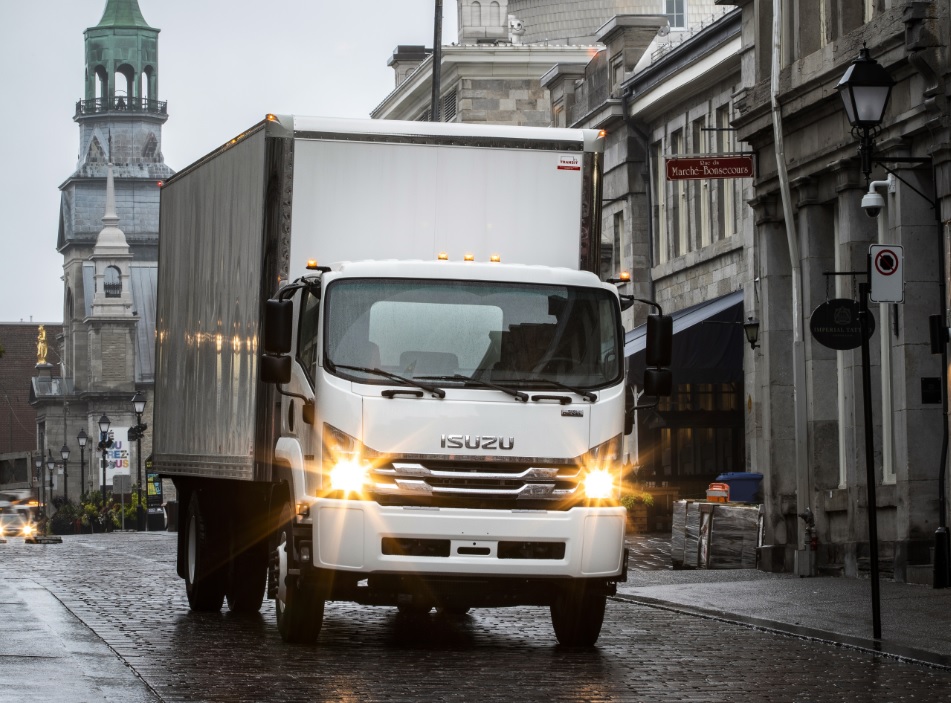MONTREAL, Que. – Plans to add 327 kilometers of pedestrian and bicycle paths in Montreal are designed to promote social distancing, but they represent yet another challenge for the trucks and vans that deliver goods.
The routes, added to some of the city’s busiest commercial areas, compound challenges such as ongoing road construction as delivery fleets look to complete their work.
The decision by the administration of Montreal Mayor Valerie Plante adds “another layer”, warns Marc Cadieux, CEO of the Quebec Trucking Association (QTA). “Montreal will become a shamble for delivery.”
“Obviously, we will no longer be able to deliver to Montreal on the same conditions,” he said. “We don’t want to use this as a pretext to justify an increase in prices, but delivering to Montreal will incur additional costs.”
While some alleyways are now dedicated for deliveries, that means using carts to push goods by hand from the truck to the store.
Since the City of Montreal made its announcement, QTA members have been asking for the list of postal codes where the pedestrian and cycling zones will be set up. It’s the information that would be needed to established tiered pricing.
“Carriers tell me that they can no longer make the same number of deliveries in a day with all the traffic constraints in Montreal. That it takes additional equipment, one more driver, when it is already difficult to find people who want to work in such heavy traffic,” Cadieux said. “If some want to restrict large truck configurations, such as trailer trucks, that means using several small trucks, and also more employees. There are costs attached to that.”
To those who say that Montreal must draw inspiration from European cities, Cadieux stresses that European deliveries are often made overnight, and that the shops have metal curtains allowing delivery people to leave goods behind. “Our delivery model don’t work that way here,” he said.
The QTA head says that political leaders are often inspired by things that are done in other big cities, but without taking into account the concept as a whole.
“When we [try the strategies] here, we realize that it cannot work,” he said. For example, while Oakland, California bans vehicles from 120 kilometers of streets, the layout and traffic density differs from Montreal.
“The city says that it is to promote social distancing, but we have the impression that it is taking advantage of this situation to establish its pedestrian and cycling sections,” said Stéphane Lacasse, the Association of Food Retailers of Quebec (AFRQ) director – public and government affairs.
“Not all shops have a delivery dock overlooking a back alley. Some have their goods delivered to the front of the store. Will the City of Montreal have a development plan? We haven’t seen it yet,” Lacasse said. “Many Montrealers still do their shopping by car. If they cannot park in front of or near the store, they will stop going there. The merchants are worried.”
Both groups criticize the city for a lack of consultation on the issue.
“We understand that the City of Montreal wants to go fast, but it acts quickly and without consultation. They seem to forget that small merchants need deliveries,” said Lacasse.
“No one was consulted. When we asked for traffic plans for our trucks, if there are delivery spaces planned, we were told that it is coming,” said Cadieux. “They made a decision without knowing all the implications.”


